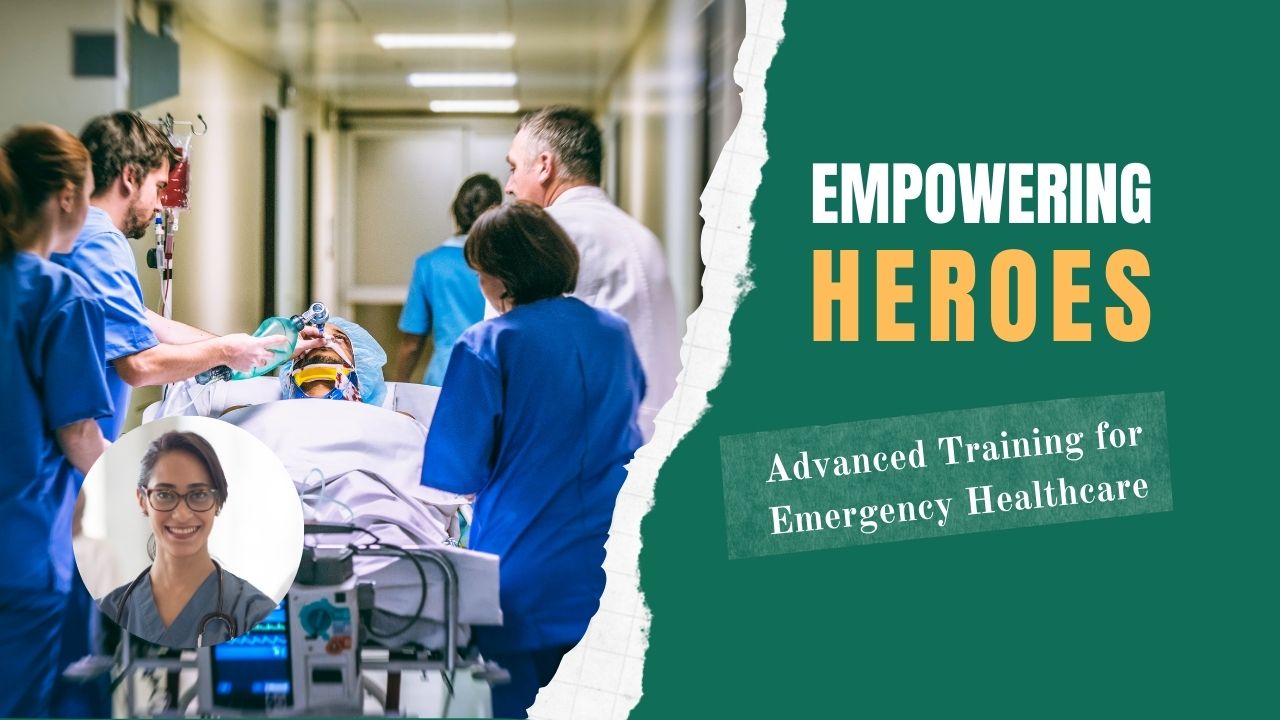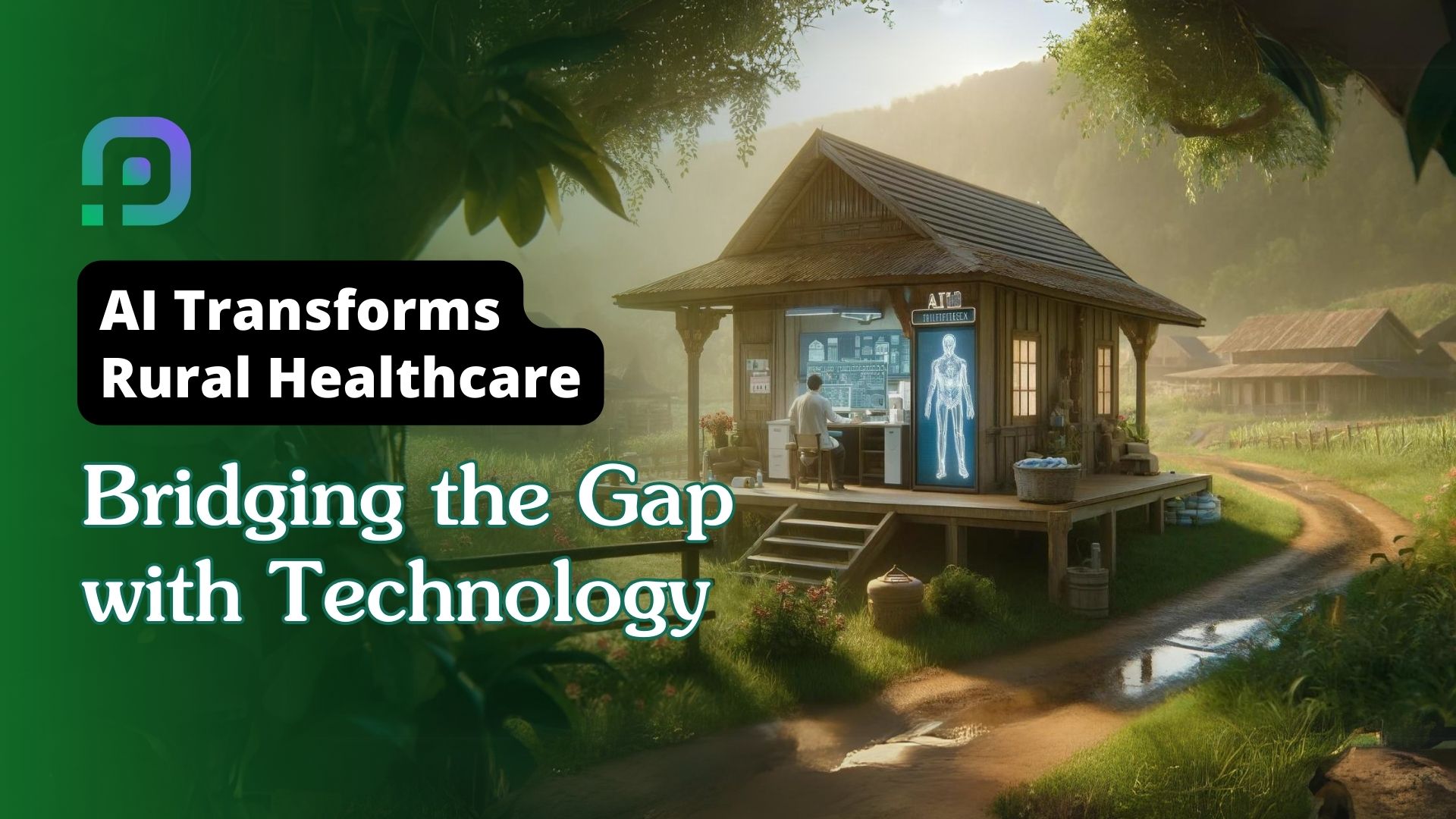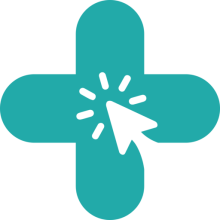Published - Sat, 08 Oct 2022

Cardiogenic Shock: Causes, Signs & Treatment
Cardiogenic shock occurs when the heart is unable to maintain perfusion adequate for the metabolic demands of the tissues.
CAUSES
The cause of cardiogenic shock is usually acute MI, especially after extensive infarction of the anterior ventricular wall. In patients with smaller infarcts, complications of acute MI, such as papillary muscle rupture, septal rupture, or right ventricular infarct, can cause cardiogenic shock. Myocarditis, cardiomyopathy, and valvular stenosis are further reasons.
CLINICAL FEATURES
1. History: Most patients are unable to give a history, but efforts should be made to gather information from fire-rescue personnel, family members, or other witnesses.
2. Physical examination findings include hypotension and tachycardia. Normal symptoms include diaphoresis, chilly extremities, and inadequate capillary refill. Breath sounds may be clear initially, or rales from acute pulmonary edema may be present. An S3 gallop or a murmur from a ruptured papillary muscle, acute mitral regurgitation, or septal rupture may be heard.
DIFFERENTIAL DIAGNOSES include other causes of shock, cardiac tamponade, primary CHF, adult respiratory distress syndrome, asthma, and pulmonary embolism. A cardiac etiology is suggested by a patient in shock with risk factors for ischemic heart disease and signs of acute CHF.
EVALUATION
1. Electrocardiography: ST-segment elevation may be observed. Right-sided leads may show a right ventricular infarct pattern, which mandates therapy that differs from therapy for other causes of cardiogenic shock.
2. Radiography: A chest radiograph may appear normal initially or show signs of acute CHF.
3. Bedside echocardiography is useful for demonstrating poor left ventricular function, assessing valvular integrity, and ruling out other causes of shock, such as cardiac tamponade.
4. Laboratory studies: Blood studies are not of use in making the initial diagnosis but must be included in the overall evaluation. Cardiac enzyme studies, a CBC and serum electrolyte panel, BUN and creatinine levels, and coagulation studies should be ordered. The level of serum B-type natriuretic peptide is an indicator of CHF and is a prognostic indicator of survival.
THERAPY
1. Emergent therapy is aimed at hemodynamically stabilizing the patient with oxygen, airway control, and intravenous access. An effort should be made to maximize left ventricular function.
2. Volume expansion: If there is no sign of volume overload or pulmonary edema, volume expansion with 100-mL boluses of normal saline every 3 minutes should be tried until either adequate perfusion is restored or pulmonary congestion occurs. Right ventricular infarct patients require markedly higher filling pressures to maintain appropriate cardiac output.
3. Inotropic support
a) Patients with mild hypotension (i.e., a systolic blood pressure of 80 to 90 mm Hg) and pulmonary congestion are best treated with dobutamine (2.5 µg/kg/min, titrating upward by 2 to 3 µg/kg/min at 10-minute intervals). Dobutamine supports inotropy while very slightly raising the myocardial oxygen demand.
b) Patients with severe hypotension (i.e., a systolic blood pressure less than 75 to 80 mm Hg) should be treated with dopamine.
— The effects of this medication depend on the dose. At doses of 2.5 to 10 µg/kg/min, it has positive inotropic and chronotropic effects. At dosages greater than 5.0 µg/kg/min, α-adrenergic stimulation gradually increases, causing peripheral vasoconstriction. At doses greater than 20µg/kg/min, dopamine increases ventricular irritability without additional benefit. Not all patients have the characteristic dose-related effects of dopamine.
— A combination of dopamine and dobutamine is an effective therapeutic strategy for cardiogenic shock, minimizing the unwanted side effects of dopamine at high doses and providing inotropic support.
c) If additional support for blood pressure is needed, norepinephrine, which has much stronger α-adrenergic effects, can be tried. The initial dose ranges from 0.5 to 1µg/min.
d) Mechanical support (e.g., aortic counterpulsation) may be an option while arranging for more definitive management strategies.
4. Reperfusion therapy: Patients with acute MI and cardiogenic shock can only be treated effectively by reperfusion of the ischemic myocardium. The recommended modality is emergent PTCA.
DISPOSITION
Facilities without angiographic support should consider transferring the patient to a facility with a cardiac catheterization laboratory and cardiac surgery services.
Created by
Rigomo Team
Rigomo is a leading online education platform that offers a wide range of courses to help individuals enhance their skills and achieve their career goals. With our user-friendly interface and expert instructors, we strive to provide high-quality education to everyone, anytime and anywhere. Join us today and take the first step towards a brighter future.
Rigomo is an e-learning platform that was founded in 2019 by a team of dedicated professionals with a passion for revolutionizing the way people learn. The platform offers a range of online courses that cover various industries, including business, technology, healthcare, and more.
Rigomo's courses are designed to be interactive and engaging, with a focus on practical skills that learners can apply in their careers. The platform uses a combination of video lectures, quizzes, and hands-on projects to help learners master the subject matter.
Rigomo is committed to providing affordable and accessible education to people around the world. The platform offers a range of pricing options, including monthly and annual subscriptions, as well as pay-as-you-go options for individual courses.
Since its launch, Rigomo has received numerous accolades for its innovative approach to e-learning. The platform has helped thousands of learners across the globe acquire new skills and advance their careers.
As Rigomo continues to grow, the team remains committed to providing high-quality education that is accessible to all. The platform is constantly updating its courses and features to ensure that learners have access to the latest tools and technologies.
Comments (0)
Search
Popular categories
Health and Wellness
231Skill Development
7Technology
5Community Impact
2Success story
2Creativity
1Latest blogs

DeepSchool: The Story of an Idea That Refused to Sit Still
Tue, 02 Dec 2025

Transforming Emergency Care: The Story Behind Rigomo's Revolutionary PPMMP Course
Sun, 12 May 2024

Empowering Rural Healthcare: How Pogiko's AI is Bridging the Gap in Medical Services
Thu, 25 Apr 2024

Write a public review